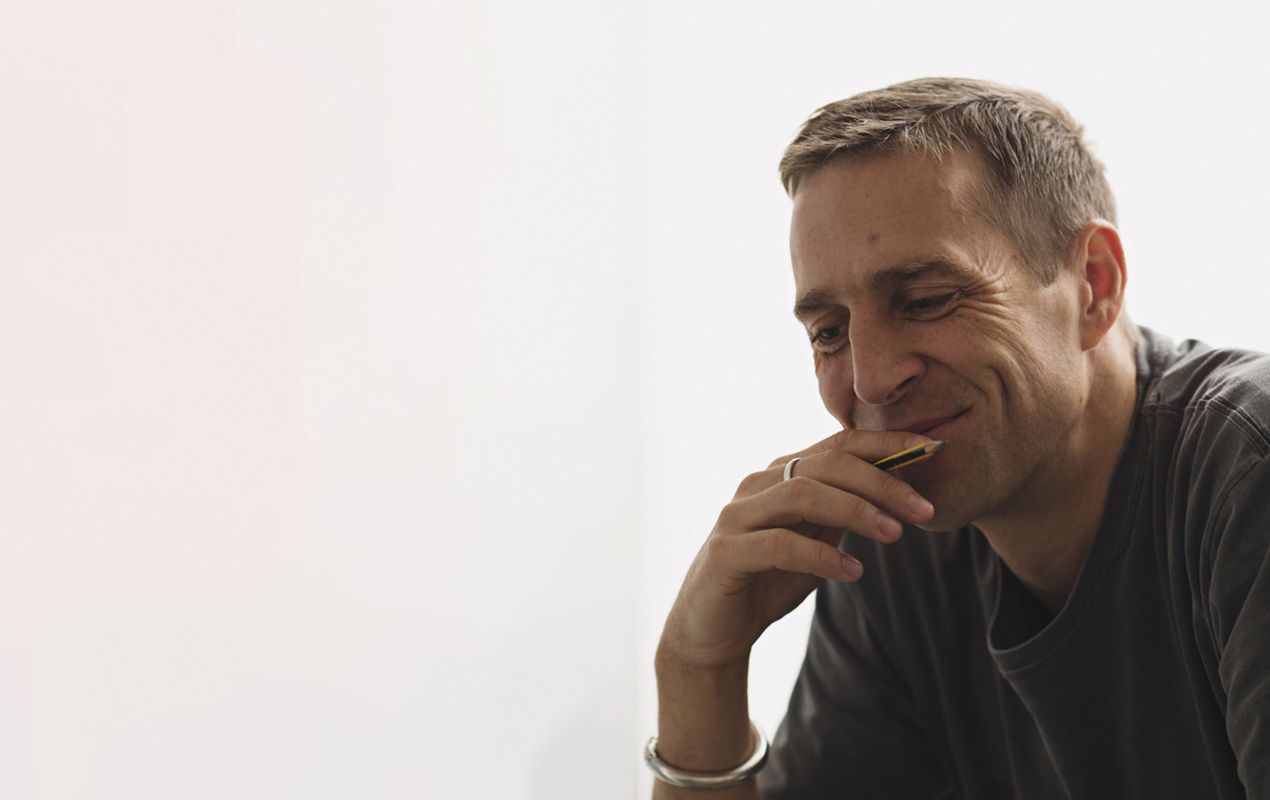The Hills was once Oslo’s most esteemed restaurant, an institution still clinging to the now fading grandeur of old Europe. The protagonist, a neurotic waiter, observes the dramas of his aristocratic clientele, and when one of his regulars introduces a new guest it disrupts the balance of the room. The Waiter is Norwegian artist and author Matias Faldbakken’s first novel to be published in English.
The novel centres around the day-to-day exchanges and occurrences in a grand, old-fashioned restaurant. What real-life events inspired the story?
There are quite a few restaurants in Europe that I that I find interesting – Kronenhalle in Zürich, De Pijp in Rotterdam, Paris Bar in Berlin, several Viennese coffee houses – because they are more than just eateries. These places are closer to being cultural institutions. I got the idea to set a whole novel in such a place. Traditionally venues like that would make bohemian and bourgeois circuits overlap. They were hubs for monetary, ideological and artistic frictions. And they all belong to a bygone era – the previous century, the century of the avant-garde, the broadsheet newspapers, the century of the novel – when the world was still European in some sense. I’m interested in these elements, for good or bad, and thought it would be fun to play them out in miniature.
What makes the waiter a good narrator?
Technically? The waiter in my story is an all-seeing eye and a first person narrator at the same time. He is the absolute insider at the Hills. He knows it all, he has got total overview. But he still can’t get away from his sensibilities, his nerves, his own head.
Your 2006 novel Kaldt Produkt (Cold Product) is a contemporary version of Ibsen’s A Doll’s House. Like Ibsen’s work, The Waiter has elements of the absurd. How does the chaos carry the story?
What the waiter perceives as chaos are pretty banal things actually. The “drama” that occurs is more dramatic on the inside of him than it is on the outside. Nevertheless, he is animated by this supposed chaos and things get hectic – at least for him.
How does your art complement your writing?
The one lets me get some distance from the other and I believe that’s healthy. Sometimes I think they rather pollute each other than complement. There are some ideas flowing between them, but the basics of the two, from a producer’s standpoint, are fundamentally different. Coming up with ideas can be similar but in the execution it’s two different worlds. Still, there is some translatability in the way you use your “fingerspitz” to get things right.
A consistent characteristic of your artwork is your decision to work with materials such as flattened cardboard boxes and garbage bags as the ground for abstract or minimal works, whereas The Waiter is set in opulent surroundings. Does writing allow more freedom than art?
In principle, no. Everything is allowed in art, as well as writing. But in my personal practice I allow more stuff in when I write. My art practice is dryer, less communicative, more reticent than my writing. I use less humour in art. It’s “heavier” in a way. In my books there are a lot of throwaway ideas and tongue-in-cheek-stuff.
This is your first novel to be published in English. Did you have a British audience in mind when you started writing?
Not really. But I figured it could float in some Euro/American culture zone.


Leave a reply
Your email address will not be published.